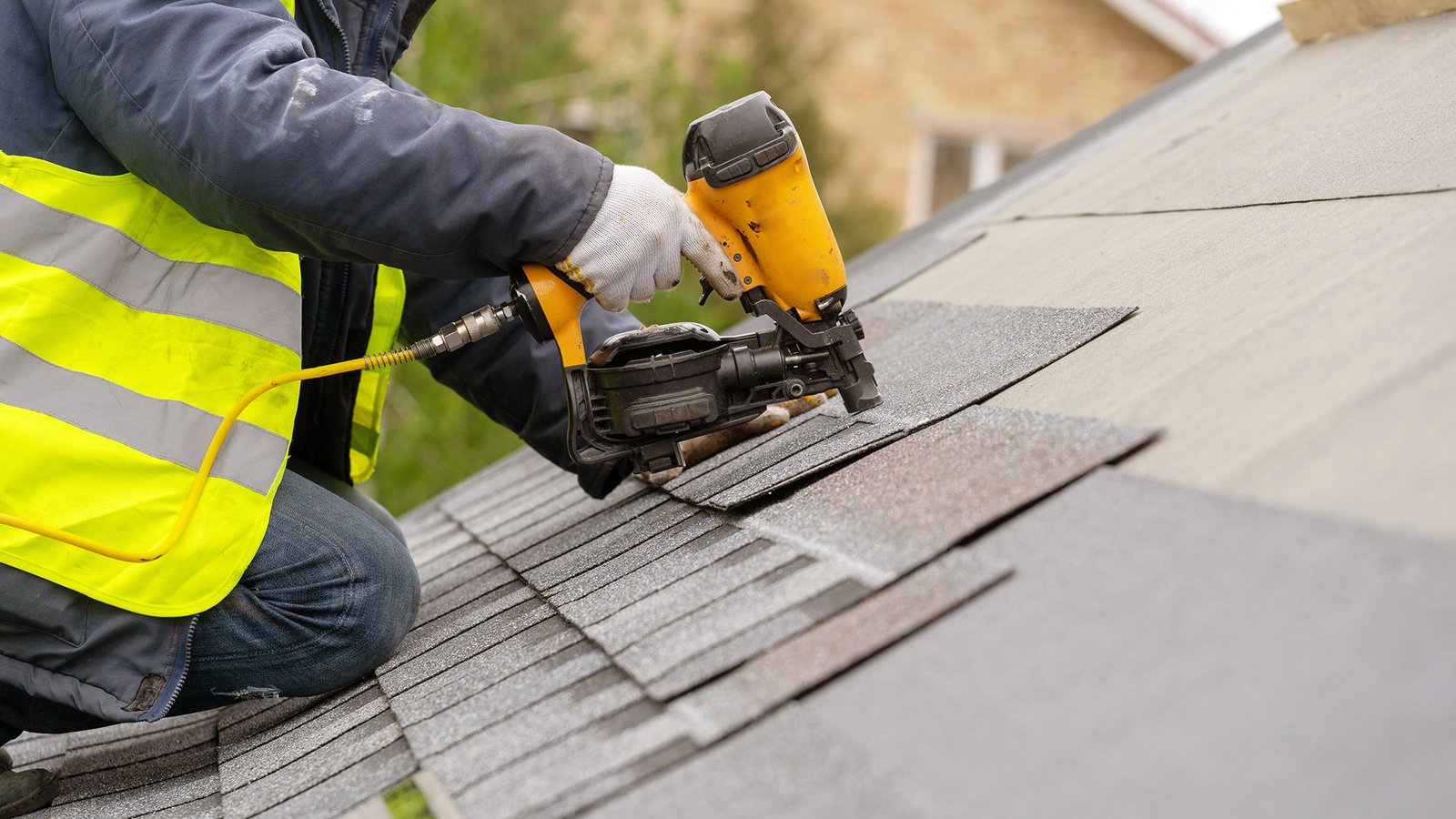Installing a new roof is one of the most significant investments you can make in your home. Whether you’re building a new house or replacing an old roof, understanding the roof installation Stockton CA process is crucial. This ultimate guide will cover everything you need to know about roof installation, including the role of roofers, the importance of choosing the right roofing company, and how roof repair factors into the process.
1. What Is Roof Installation, and Why Is It Important?
Roof installation involves placing a new roof on a building, which can include materials such as shingles, metal, tile, or flat roofing. A properly installed roof protects your home from weather elements, enhances its aesthetic appeal, and improves energy efficiency.
Why it matters:
• Prevents leaks and water damage.
• Increases property value.
• Reduces long-term roof repair costs.
Pro Tip: Investing in quality materials and an experienced roofing company ensures a durable and reliable roof.
2. How to Choose the Right Roofing Company
Selecting the right roofing company is critical for a successful roof installation. Here are some key factors to consider:
Questions to ask:
• Are they licensed and insured?
• Do they have experience with your preferred roofing material?
• Can they provide references or reviews?
Why it matters:
A reputable roofing company will deliver quality workmanship and stand behind their services. Poor installation can lead to costly roof repairs down the line.
Pro Tip: Look for a roofer who offers a warranty on both materials and labor.
3. What Are the Different Types of Roof Installation?
The type of roof you choose depends on your home’s architecture, budget, and climate. Here are the most common options:
• Asphalt Shingles: Affordable, versatile, and easy to install.
• Metal Roofing: Durable and energy-efficient but higher upfront costs.
• Tile Roofing: Long-lasting and stylish, ideal for Mediterranean-style homes.
• Flat Roofing: Common for commercial buildings, requiring specialized roofers.
Pro Tip: Discuss the pros and cons of each material with your roofing company to find the best fit for your needs.
4. What Is the Roof Installation Process?
Understanding the steps involved in roof installation can help you prepare and set realistic expectations. Here’s an overview:
1. Roof Inspection and Assessment:
Before installation begins, a thorough roof inspection is conducted to identify any structural issues or underlying damage.
2. Removal of Old Roofing:
If you’re replacing an existing roof, the old materials will be removed and disposed of properly.
3. Repairing the Roof Deck:
Any damaged sections of the roof deck are repaired or replaced to provide a sturdy foundation for the new roof.
4. Installing Underlayment and Flashing:
These protective layers prevent water from seeping into your home.
5. Laying Roofing Materials:
Your chosen materials are installed, starting from the bottom and working upward.
6. Final Inspection:
A professional roofer will conduct a final inspection to ensure the installation meets industry standards.
Pro Tip: Ask your roofing company to provide a timeline for each phase of the project.
5. How Does Roof Repair Factor Into Installation?
Roof repair often goes hand-in-hand with roof installation. During the inspection phase, your roofer may discover issues that need to be addressed before installation can proceed.
Common repairs include:
• Fixing leaks or water damage.
• Replacing damaged flashing.
• Addressing structural weaknesses.
Why it matters:
Skipping necessary repairs can compromise the integrity of your new roof and lead to higher costs in the future.
6. What Should You Know About Roof Installation Costs?
The cost of roof installation can vary widely based on factors such as:
• Material: Asphalt shingles are more affordable than metal or tile.
• Size of the Roof: Larger roofs require more materials and labor.
• Complexity: Roofs with steep slopes or unique designs may cost more.
Tips for budgeting:
• Obtain multiple quotes from reputable roofing companies.
• Factor in potential roof repair costs.
• Avoid cutting corners on materials or workmanship.
Pro Tip: A quality roof installation is an investment that pays off in durability and energy efficiency.
7. How to Maintain Your Roof After Installation
Proper maintenance is essential to extend the lifespan of your roof and minimize repair needs.
Maintenance tips:
• Schedule regular roof inspections to catch issues early.
• Clean gutters to prevent water buildup.
• Remove debris, such as leaves or branches, from the roof surface.
• Address minor repairs promptly to prevent larger problems.
Why it matters:
Routine maintenance reduces the risk of costly roof repairs and ensures your roof remains in top condition.
8. Common Mistakes to Avoid During Roof Installation
Avoid these pitfalls to ensure a smooth and successful project:
• Choosing the cheapest roofer: Low-cost options can compromise quality.
• Skipping the inspection phase: Overlooking structural issues can lead to problems down the line.
• Ignoring ventilation: Proper ventilation prevents moisture buildup and prolongs roof life.
• Rushing the process: Allowing adequate time ensures a thorough and durable installation.
Pro Tip: Work closely with your roofing company to avoid these common mistakes.
Conclusion
A well-executed roof installation is more than just a home improvement—it’s an investment in your property’s safety, energy efficiency, and curb appeal. By choosing a reputable roofing company, addressing necessary repairs, and maintaining your roof, you can enjoy peace of mind for years to come.
Whether you need a new roof or are considering roof repair as part of a larger project, asking the right questions and understanding the process will help you make informed decisions. Trust experienced roofer Stockton CA to guide you through this journey and deliver a roof that stands the test of time.










+ There are no comments
Add yours